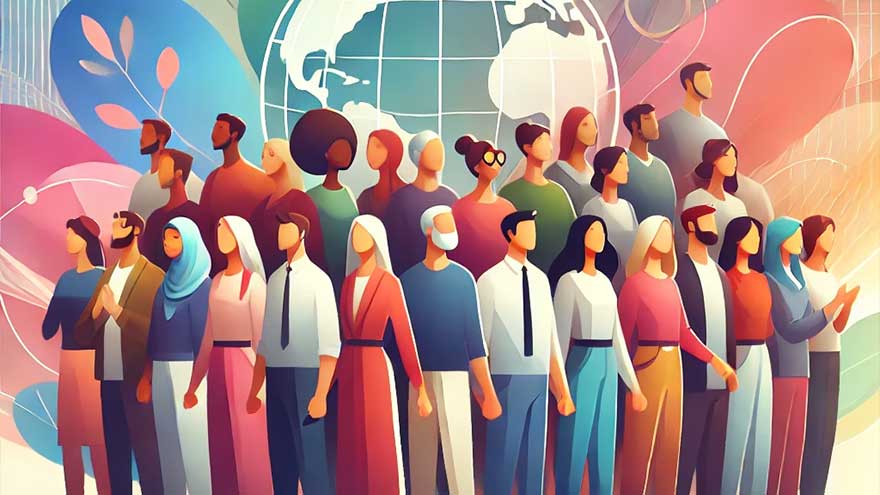This article explores the critical concepts of diversity and inclusion, explaining their differences and the significant benefits they bring to organizations and society. It delves into common challenges, such as unconscious bias and resistance to change, and provides practical strategies for fostering a truly inclusive environment. By understanding and implementing D&I initiatives, organizations can enhance innovation, improve employee morale, and create a more equitable world.

Diversity and inclusion (D&I) have emerged as critical components of successful organizations and societies. While often used interchangeably, these two concepts are distinct yet interconnected.
Diversity refers to the presence of differences among people based on various attributes such as race, ethnicity, gender, age, sexual orientation, religion, disability, and socioeconomic status. It encompasses a wide range of human experiences and perspectives.
Inclusion is about creating an environment where everyone feels valued, respected, and has equal opportunities to participate and contribute. It involves creating a sense of belonging and ensuring that diverse perspectives are heard and considered.
Diversity and inclusion bring numerous benefits to organizations and societies:
Despite its importance, achieving true diversity and inclusion is challenging. Common barriers include:
To create a truly inclusive environment, organizations can implement the following strategies:
Diversity and inclusion are not just buzzwords but essential for building thriving organizations and communities. By embracing differences, fostering a sense of belonging, and creating equal opportunities, we can create a more just and equitable world.